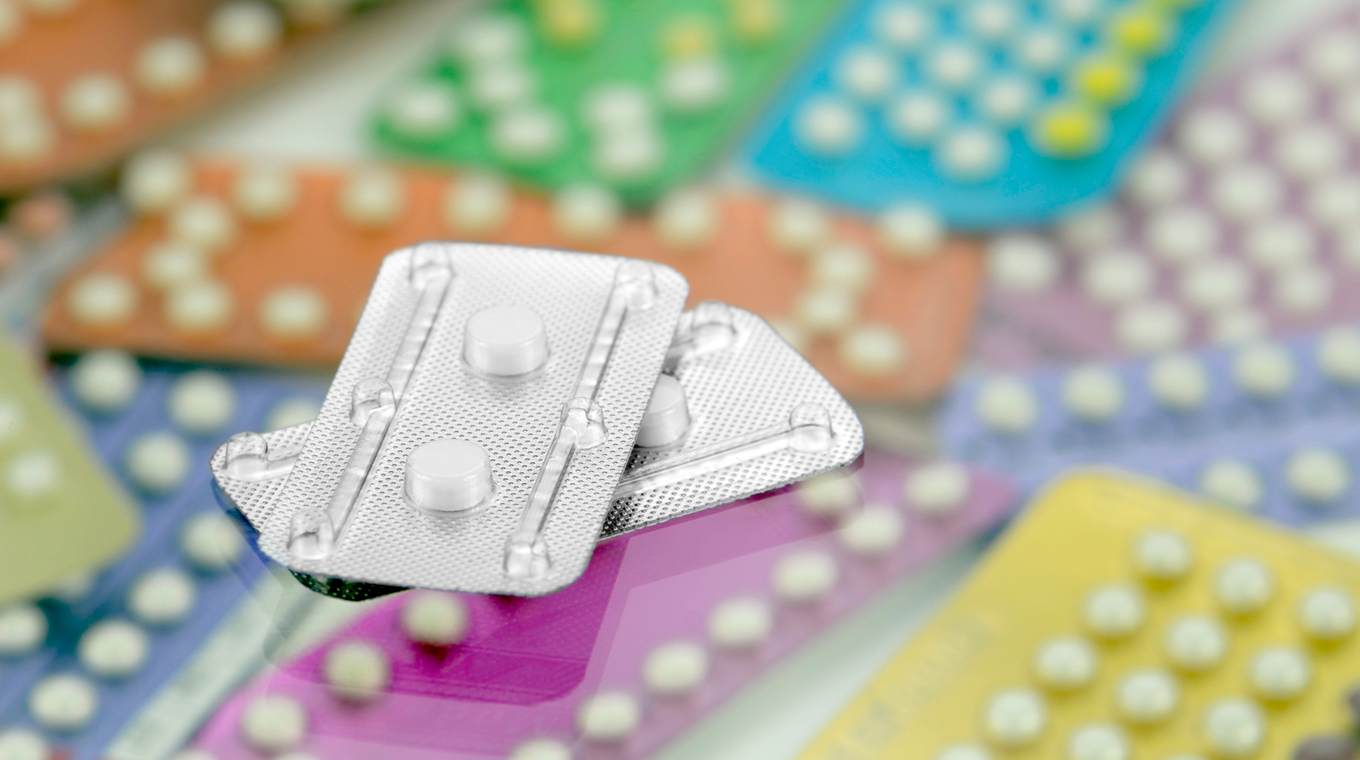
In this article
In an ideal world, everyone who is not planning on getting pregnant would be armed with contraception the moment the mood strikes. But this is not a perfect world and well, things happen. The important thing to know is that should you be in a position where you realize you either didn’t use contraception or fear that it failed, there are certain measures you can take to prevent an unwanted pregnancy.
Here’s everything you need to know about emergency contraception.
What is emergency contraception?

The most important question you may be asking yourself is what is emergency contraception? Emergency contraception, as defined by the World Health Organization “refers to methods of contraception that can be used to prevent pregnancy after sexual intercourse.”
Emergency contraception, if taken within five days after intercourse, can prevent up to or more than 95% of pregnancies (depending on the form of EC you choose). Simply put, emergency contraception works to prevent sperm from meeting with an egg.
There are many situations in which emergency contraception can be used, including (but not limited to):
- When no form of contraception was used during intercourse (i.e. a condom, spermicide, oral contraceptive pills, an intrauterine device, etc.)
- When you think there is a possibility that your contraceptive has failed (i.e. you’ve missed three or more consecutive doses of your oral contraceptive pills or the condom you used broke)
- In the event you’ve been sexually assaulted
If you’ve been in any of these situations and are in need of emergency contraceptives, you have options.
Types of emergency contraception

There are two different categories of emergency contraception.
1. Copper Intrauterine Device (IUD)
A copper IUD is a small, T-shaped piece of plastic that is wrapped in copper wire and inserted into the uterus. It is the single most effective form of emergency contraception when it comes to preventing pregnancy, as long as it’s inserted within five days after having unprotected sex. An added benefit of an IUD is that once it’s inserted, it can be left for up to 10 years as a long-term form of birth control.
2. Emergency Contraception Pills
The other category of emergency contraceptives (which may be the most well-known) are EC pills. A common misconception is that they induce abortion, but this is not true. In actuality, it takes several days for pregnancy to occur after sex. Emergency contraception pills prevent pregnancy by preventing or delaying the ovulation process.
There are three types of emergency contraception pills and they all work slightly differently with varying degrees of success.
Ulipristal
Ulipristal is a medication that affects how progesterone (a female hormone that prepares the lining of the uterus for pregnancy) works in a woman’s body. It’s the most effective form of EC pill and works just as well one day after unprotected sex as it does five days after, according to The American College of Obstetricians and Gynecologists
Progestin-only EC
Progestin is a hormone found in various forms of birth control. Like ulipristal, it stops or delays ovulation in order to prevent you from getting pregnant. But progestin-only EC is a single pill that is best to take within 12 hours of unprotected sex for maximum efficacy. Within three days is still ideal, but it becomes only moderately effective if taken within five days. Most people have heard of the brand-name Plan B One-Step, which is an example of a popular progestin-only emergency contraceptive.
Combined Birth Control Pills
Lastly, there are combined birth control pills. These are oral contraceptive pills that contain higher-than-normal levels of estrogen and progestin to delay ovulation. Combined birth control pills must be taken in two doses.
Potential Side Effects of Emergency Contraception
When it comes to emergency contraception pills, you may experience:
- Headache
- Nausea and vomiting (specifically if you are taking combined EC pills)
- Breast tenderness
- Abdominal pain
- Dizziness
- Fatigue
You may also have some irregular bleeding or spotting for up to a month after taking emergency contraception pills. Side effects of a copper IUD include heavier, more painful periods and bleeding between periods for up to 1 year after insertion. It is also possible for the IUD to “expel” or “fall out.” In that case, you would need to visit your health care provider to have a replacement inserted.
Where to get emergency contraception

Where to buy emergency contraception depends on what kind you feel is right for you.
A copper IUD must be inserted by a health care professional like your OB-GYN. You can also visit a family planning clinic like Planned Parenthood.
Ulipristal emergency contraception pills are available by prescription only, so you will need to call or visit your health care provider to receive this medication.
Progestin-only EC is the most easily available form of birth control — it’s available over-the-counter without a prescription at most pharmacies.
When it comes to using combined birth control pills, your health care provider or pharmacist must assist. This is because the number of pills needed to prevent pregnancy depends on what brand you use.




